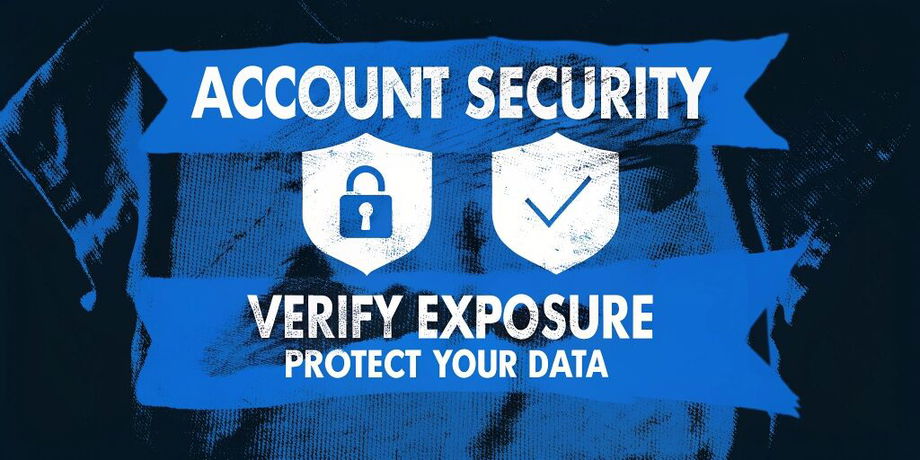🔐 How to Check If Your Accounts Have Been Compromised
Whether you're worried about phishing, credential stuffing, or leaked data from major breaches, here are step-by-step methods to verify if your accounts have been exposed or hijacked.
🕵️♂️ 1. Use Data Breach Checkers
These tools compare your email address or phone number against massive breach datasets (often over 500GB in size). Enter your email to receive a private report.
✅ Recommended Breach Checking Tools
|
Tool |
Description |
|---|---|
|
Most widely used free tool with domain alerts |
|
|
Checks massive datasets, including recent dark web dumps |
|
|
Sends report via email with tips for next steps |
|
|
Privacy-focused checker for breach exposure |
|
|
Shows dark web exposure and password risk levels |
|
|
Integrated with Norton 360 identity protection plans |
⚠️ These tools do not expose leaked data — they alert you to exposure and may recommend resets or monitoring.
🔎 2. Watch for Direct Signs of Compromise
|
Symptom |
What It Means |
|---|---|
|
Password no longer works |
May have been changed by an intruder |
|
Login from unrecognized location/device |
Someone else may have accessed your account |
|
Messages sent you didn’t write |
Your email or chat account could be sending spam |
|
Forwarding rules or filters changed |
Attacker may be stealing messages silently |
|
2FA codes or login alerts you didn’t request |
Active login attempts or session hijack attempts |
|
Account locked or placed in “Lost Mode” (Apple) |
Strong sign of a takeover |
|
Increased spam volume |
Your email could be part of a publicly known leak |
🛡️ 3. Use Ongoing Monitoring Services
Security suites now include identity monitoring as a key feature.
|
Service |
Features |
|---|---|
|
Bitdefender Digital Identity Protection |
Tracks email, phone, social media impersonation |
|
Avast BreachGuard |
Monitors email + password leaks + offers data removal |
|
Norton Identity Advisor Plus |
Alerts for SSN, credit card, email, password exposure |
|
F-Secure Total |
Full system protection + identity theft monitoring |
These tools scan dark web forums, breach data, and black markets to detect if your sensitive information is being traded or sold.
📤 What to Do If You Find You’ve Been Compromised
- Change affected passwords IMMEDIATELY
- Enable MFA on exposed accounts
- Review account settings for unfamiliar recovery info or devices
- Monitor bank and credit card transactions
- Freeze credit reports with the 4 major bureaus (Equifax, Experian, TransUnion, Innovis)
- Scan your devices for malware or keyloggers
- Report the breach to the appropriate platform or provider
🔐 Final Tip
Don’t wait for symptoms — check proactively.
Data breaches are often silent. Running periodic scans and setting up breach alerts ensures you're not the last to know your identity is at risk.


